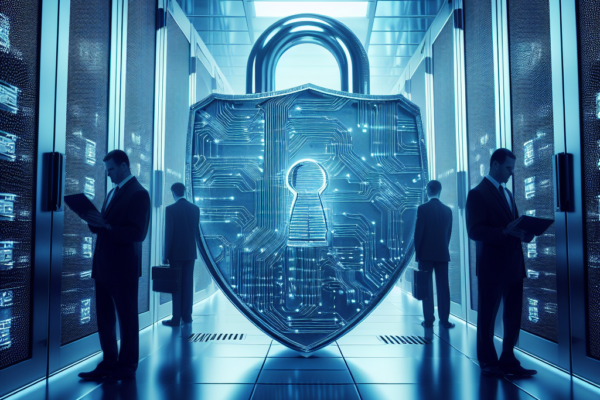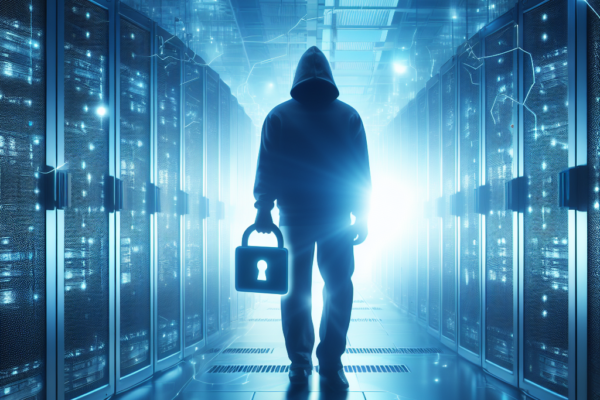Data Center Security
Securing a data center is a critical task to ensure the confidentiality, integrity, and availability of sensitive information. Attacks are becoming more sophisticated and more frequent. Thus, data center security typically involves the three distinct aspects of Security:
1) Access security
2) Facility security
3) Cybersecurity

Access security: It deals with physical aspects of the data center. Delves into the security, regarding management of human personnel and the protection of the physical facility as well as its IT infrastructure. When implemented properly, security ensures that only authorized personnel have access to the facility and gear, and that all human activities are documented. Security can involve the following array of measures:
- Implement biometric access controls, sensors and alarms
- badge access into and around the facility (including the equipment areas);
- key access to specific racks and servers;
- logs for employee and visitor/vendor access;
- escorts for non-employees;
- video surveillance
Facility security: Most people generally get confused with Facility security and Access security. Though they are almost interlinked, facility security primarily deals with temperature, humidity and smoke/fire/flood conditions. This aspect of data center protection is often handled by a BMS (Building Management System) that monitors and reports environmental or emergency conditions to building managers.
Cybersecurity. Cybersecurity focuses on controlling access to enterprise data and applications hosted within the data center’s IT infrastructure. Cybersecurity is intended to ensure that only properly authenticated users can access data or use applications, and that any breaches are reported and addressed immediately. For example, physical security prevents a human from touching a disk in the data center, while cybersecurity prevents that same human from accessing data on the disk from hundreds of miles away across a network. Cybersecurity uses a mix of antimalware, configuration management, intrusion detection/prevention, activity logging and other tools in order to oversee network activity and identify potential threats.

Regularly testing and updating your security protocols is crucial to adapting to new threats and ensuring the ongoing effectiveness of your security measures.
